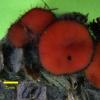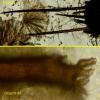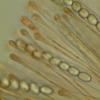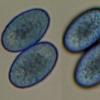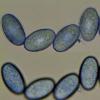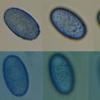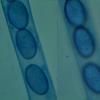
23-10-2014 21:45
Alain BRISSARDBonsoir à tousBesoin d'un avis d'expert pour la d

23-10-2014 18:50
 Michel Delpont
Michel Delpont
Bonsoir.Je cherche la description précise de Deli

22-10-2014 17:56
 Nicolas VAN VOOREN
Nicolas VAN VOOREN
Bonsoir.Je recherche une photo macroscopique des e

23-10-2014 01:50
 Raúl Tena Lahoz
Raúl Tena Lahoz
Good night,Does anyone have this article and can k

23-10-2014 01:51
 Raúl Tena Lahoz
Raúl Tena Lahoz
Good night,Does anyone have this article and can k

23-10-2014 09:29
 Blasco Rafael
Blasco Rafael
Hola, esta muestra sobre el terreno no me di cuent

19-10-2014 21:35
 Rubén Martínez-Gil
Rubén Martínez-Gil
Hola a todos. Me encontré con estos ejemplares e

22-10-2014 10:55
 Blasco Rafael
Blasco Rafael
Hola, a ver si me pueden Ayudar Con esta Muestra,

22-10-2014 16:52
Gernot FriebesHi,I'm looking for this article:Keith A. Seifert,
Scutellinia crinita ? , scutellata ? ou autre ?
Alain BRISSARD,
23-10-2014 21:45
Besoin d'un avis d'expert pour la diagnose de cette Scutellinie. Trouvée sur des fragments de bois mort et humide sans doute sur un ancien lieu d'abattage ou d'entreposage.. Les spores ellipsoidales mesurent 20-21 x 10-11 (12) µm. L'ornementation est observée dans le bleu coton (à différentes mises au points)
Les poils les plus grands sont supérieurs à 1000 µm (1300)
Beñat Jeannerot,
24-10-2014 04:49

Re : Scutellinia crinita ? , scutellata ? ou autre ?
Adio Alain,
S. crinita. Tout à fait.
Beñat
S. crinita. Tout à fait.
Beñat
Alain BRISSARD,
24-10-2014 11:52
Re : Scutellinia crinita ? , scutellata ? ou autre ?
Merci l'ami Benat pour cette réponse ultramatinale

